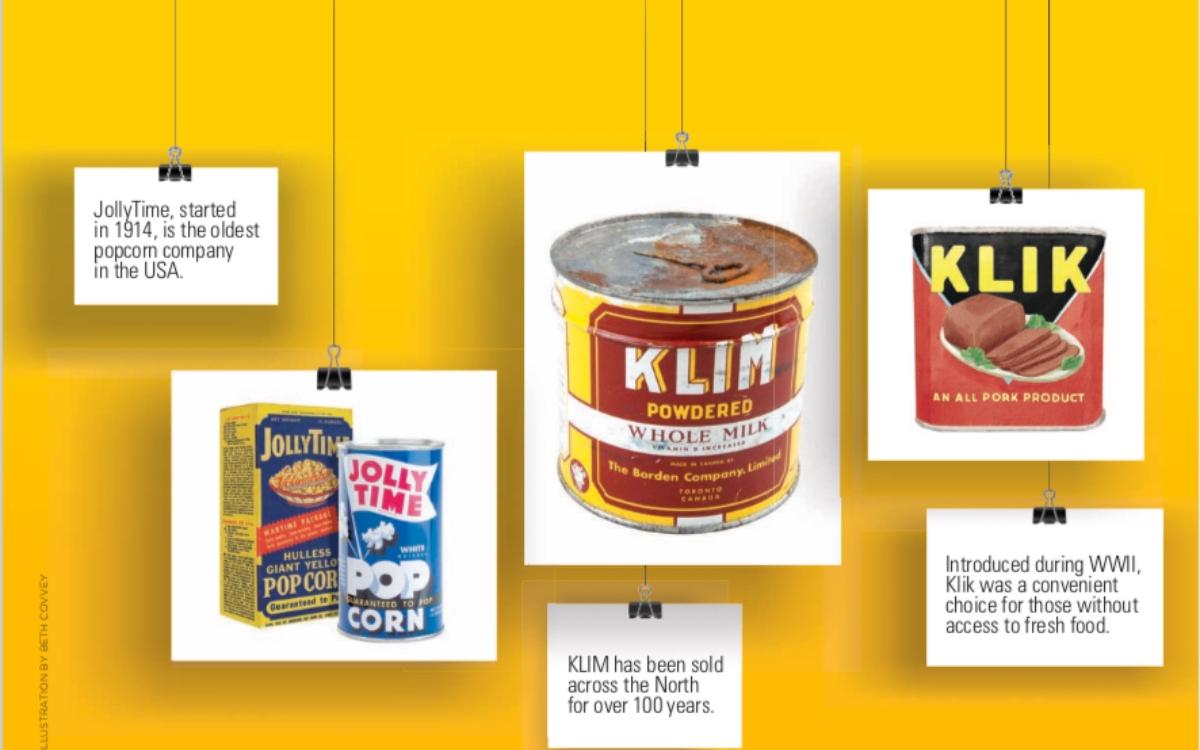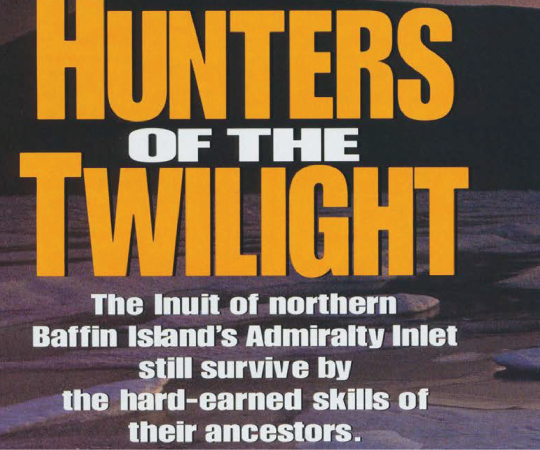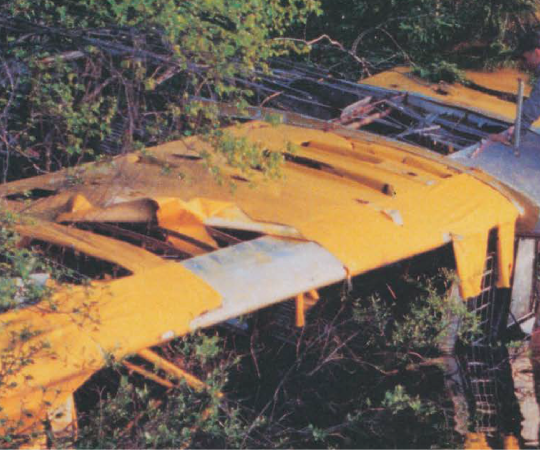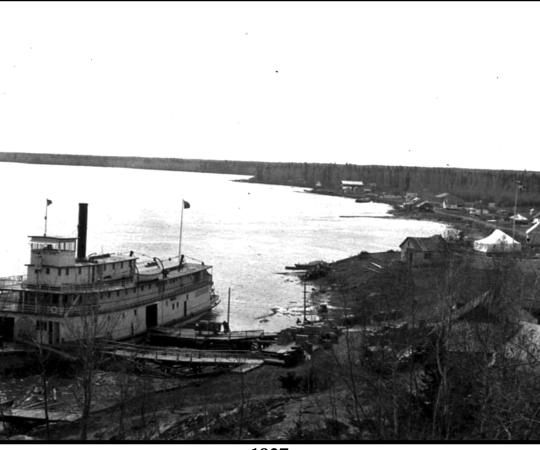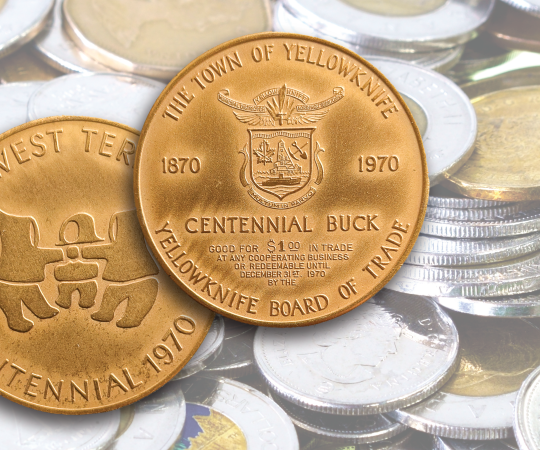When Rosetta Geddes saw her son’s girlfriend prepare Klik with a side of steamed rice, she had an idea. As a mother of four with a culinary background, Geddes is always looking for ways to spice up everyday meals, so she took the two ingredients, fried them up together and made Klik fried rice.
“I figured the kids would like it,” she says. “I made a huge pan of it, and everybody loved it.”
The Whitehorse-based cook says she uses canned meat for a few recipes, including bannock sandwiches, which are the most popular. It’s something she grew up eating, as both her mother and grandparents served it. It’s a fairly common pantry staple in many northern homes, she adds, but that usually comes from a need to make do with what’s available.
“We use Klik when we don’t have fresh meat,” she says. “Sometimes you have to compromise, but we all like our Klik.”
That is, after all, why Klik first began appearing on shelves to begin with. As a Canadian counterpart to Spam, the canned pork was created during World War Two, at a time when fresh food wasn’t always available—for either soldiers or those at home.
The records of old Yellowknife mining companies show annual delivery of an amazing amount of canned meat. That was shortly after Yellowknife became a settler community in 1937 and southern distributors glommed on to a brand-new market.
One record from Burns & Co. Limited in Calgary, listed the amount each miner would generally eat. They determined that on average, one person consumed about a pound of canned meat per month.
Enterprising residents added to their diets by growing vegetables in small scale gardens when they could, and they bought meat and whitefish from local Indigenous peoples. By 1945 the Hudson’s Bay Company had a store and a large storage warehouse in Yellowknife, adding other foods.
“Of course, if early Yellowknifers living at the mine sites needed anything immediately, they could go into Yellowknife and buy it at the Hudson’s Bay Company or one of the many other stores, but the price would have been much higher,” says Yellowknife historian Ryan Silke.
The biggest difference between the food brought up then and now is not the items themselves, but the packaging it came in, he says.
“Everything was tinned, in cardboard, paper or wood containers, or glass bottles and jars.”
That included the blue cans of Jolly Time Giant Yellow Corn, a popcorn which was another popular item shipped up to Yellowknife.
Jolly Time was an American company that first promoted its product nation-wide in the 1920s, assuring their product would provide a “light, lively, jolly time,” and that while it “costs a bit more, it pops a lot more.” It came in a bag to start, but when the company realized it was going stale on the shelves, they went back to the drawing board. By 1925, Jolly Time presented popcorn in an airtight can, which was revolutionary at the time and a precursor to the beer can.
It was so popular, the company sold half a million cases a year, including to those at mining sites in Yellowknife. It wasn’t until the late 1950s when the company switched from cans to plastic bags.
With the change in packaging came a change in how food was delivered. By 1960, Yellowknifers had a highway that could connect refrigerated trucks from Alberta. Trucks also began taking the winter roads and airplanes were being used for more than just mail.
“Airplanes got bigger too,” says Silke. “The whole model changed in the ‘70s when 737 jets and regular air service made it easier to fly products up from Edmonton.”
But some things don’t change. Just ask about the milk.
“I grew up on powdered milk,” says Silke, a Yellowknifer, born and raised. “But not because regular milk wasn’t available in the stores, instead because my parents were penny pinchers. We kids hated it. It never reconstituted right and always had lumps.”
Even with C.C. Bevan running a dairy farm near Yellowknife, the brand Klim—milk spelt backwards—still outdid real milk in popularity, until Bevan’s farm went out of business in 1957. Like Silke’s parents, many residents opted for powdered milk in a tin can, simply because it was more affordable in the North. Even now, you can often still find it in homes, shops and some offices.
Today, you can cruise northern grocery stores aisles in large or small communities and find an adequate supply of milk, meat, vegetables, and yes, popcorn. But whether it’s out of necessity, nostalgia or just because they like it, some items are just as popular now as they were back then, only people may find new ways of preparing
it. Like Geddes’ mother tells her, “Food brings us all together in happiness”.

